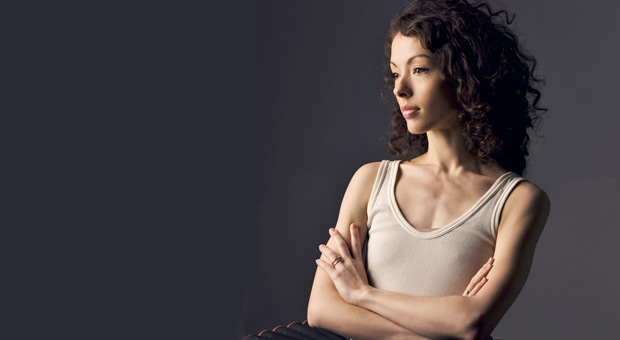
© Jo Duck. (Click image for larger version)
Juliet Burnett’s blogs on behindballet.com
www.australianballet.com.au
“You’re thinking too much”
This is an accusation often directed at me. If it were a medical condition, it might be called Terminal Over-Analysis, or Deep Thought Thrombosis, and I am one of its cases. There I go again, over-thinking, I would sigh when in the firing line, taking it as little more than a cautionary tut-tut. But recently my over-thinking and I were challenged in a way that incited some questioning: for an artist, is deep thinking a bad thing? Surely it’s better to ‘think too much’ than not to think at all?
One thing is certain: a dancer has to think. Really, thinking is using your brain. Every day in class we are exercising our brains – picking up and executing multiple combinations set to us only seconds before, whilst constantly fine-tuning technique. Beyond that, we learn and rehearse several different ballets in one day, where we are not only picking up the steps and fine-tuning, but also putting consideration into personal interpretation and storytelling. At its base level, thinking is exercising common sense, and at its most advanced it is unravelling the subtextual layers of a character or story. How ridiculous, I thought, it is to advise a dancer not to think too much. By its nature dance requires intense concentration and lateral, creative thought. A dancer is thinking in overdrive all the time. Far from resolve, I soon discovered that this introspection was going to be more complex than that.

© Teagan Glenane. (Click image for larger version)
I’ve been fortunate to have mentors in my life and dance training who encouraged me continually to question life and art, not to accept things as straightforward all the time. These people have challenged me and were integral to my personal and artistic development. I’ve always believed that part of the role of an artist as communicator – especially a dancer because their art form is such a complete expression of the mind, soul and body – is fully to understand what it is that they are intending to express, to share with the audience. A dancer can only understand the material they are given if they think about it, consider it, and question it. You wouldn’t tell someone a story if you don’t understand the moral of it. You wouldn’t answer a question if you don’t know the answer. In order to articulate art successfully, the artist has to possess knowledge of it, otherwise they’re lying, or talking out of the side of their mouth only half-getting it, or worst of all, completely vacant – mimicking the movements obediently like a robot with impeccable enunciation. Talent alone is never enough, and it’s a disservice not to challenge it constantly.
The most confident and captivating performers know exactly what it is that they are saying, and they’re saying it from the very bottom of their hearts. This is the kind of dancer I aspire to be: a dancer who can reach out to every single beating heart in the audience and take them on their journey, to discover together, question together, be provocative together. Ballet can be such an egocentric pursuit, so for me, this aspiration is a driving force.

© James Braund & Australian Ballet. (Click image for larger version)
This steadfast belief in the importance of a deeply thoughtful approach to dance had become a definer of my identity as an artist. Whenever I encountered an obstacle, my thoughts were my guide and solace. They would help me sort out the problem, regain perspective and realign myself with my path.
The exact point at which my thoughts turned on me was imperceptible. It felt like they silently and gradually crept up on me, hauntingly, unyieldingly until they became voracious, urgent and all-consuming. The thinking that had previously been instrumental in my growth and motivation had multiplied and warped into a burden of negativity until they stunted and stifled me. The agony of having too many unanswered questions taunting my mind became unbearable. Impatient for definition, for gratification, I had made myself a victim of my own thoughts.
I had no choice but to take a moment of grace, to take a step out of the picture and discover an alternative route over this significant obstacle. I embarked upon something entirely new for me: I stopped my thoughts and practiced switching them off. Completely.
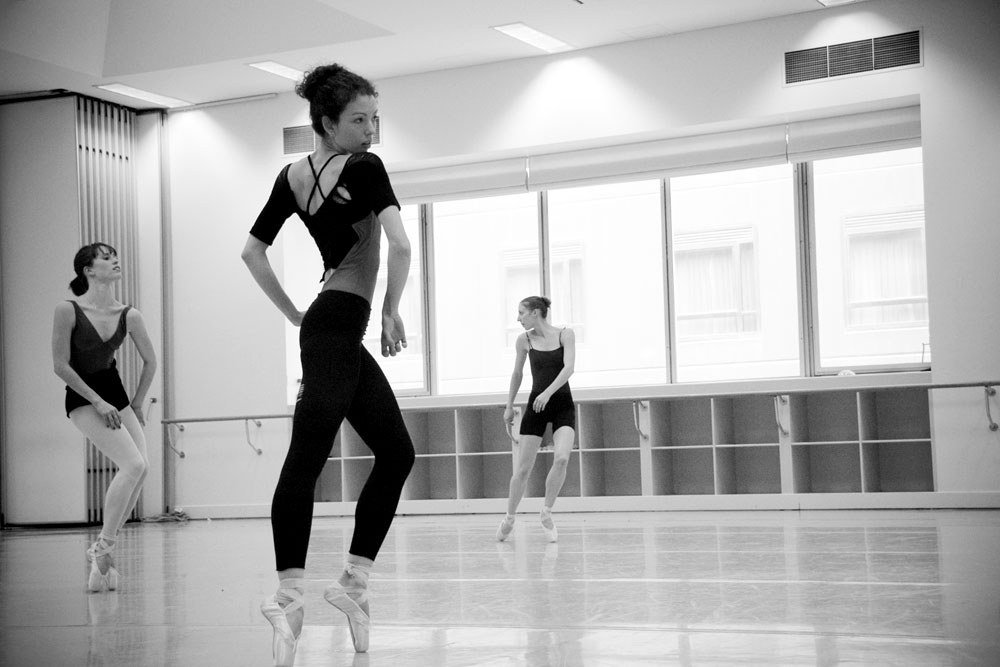
© Teagan Glenane. (Click image for larger version)
The breathing space had borne an epiphany: for an artist, deep thought is but part of the whole process of creation. It is to be used in delicate balance with another important artist’s trait: natural, instinctive response. Ballet dancers can be horrendous control freaks, and I was no exception. It took me a long time to understand the importance, for example, of succumbing to my partner in a pas de deux. If both of us try to control the movement, we are fighting each other. Pas de deux is a conversation between two people, with its natural ebbs and flows, and if both are in control all the time then it would probably make for a pretty awkward and unpleasant shouting match – the kind you would politely try to avoid bearing witness to. The principle is similar for individual dancing in relation to the audience. For the audience to be engaged, the performer needs to speak to them, not shout. I realised that in my earnest endeavour to better myself as a dancer, I had been so singular in my ambition that I was almost denying my own instinct. It was time to learn to trust myself again and get back in touch with Me.
I began to run a gamut of experiments in performance, in order to find the optimum balance of a learned approach with a spontaneous one. It became a quest to find my most honest voice to communicate with the audience. The controller within me experienced a great tension: when I tipped the balance in favour of spontaneity I felt loss of control but at the same time an immense liberation; then when I tipped the balance the other way and approached my performance with great consideration, I felt empowered and satisfied but somewhat underwhelmed. Release versus control became a physical and emotional theme, and exploring this in class, in rehearsal and in performance was fascinating. In the most marvellous way this exploration was a physical manifestation of the war waging in my mind and heart. Far from resorting to the simplistic and dismissive argument to “just do it, get on with it”, I was finding freedom for movement and expression in a way that I could fully understand and explain, and thus continue to learn about and improve upon. As I delved and dared further on the precarious scales, I felt vindicated, as I had finally found a way to use my propensity for deep thought in harmony with my natural response to music, to story, to others. Finally, I was speaking – no – I was singing joyously and wholly to the audience.

© Jo Duck. (Click image for larger version)
Funny, isn’t it, that a single rapturous moment onstage, when dancer, music and audience are dancing together, is the culmination of such an expedition of thought. If it’s true that you’ll only get out what you put in to something, then thinking can do a lot of good when, like all good things, it’s part of a harmonious balance.






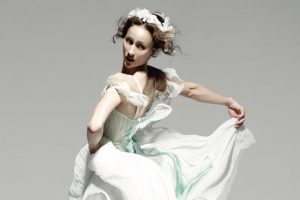
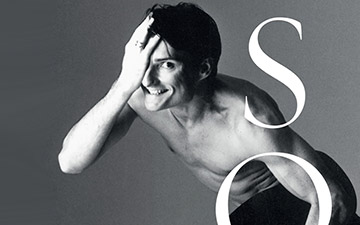
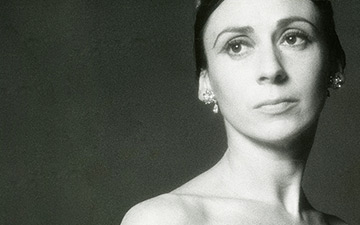
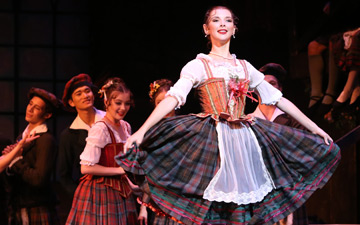

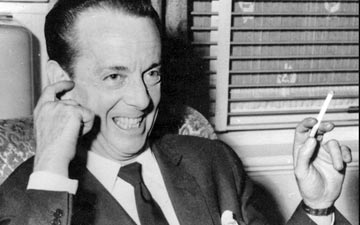

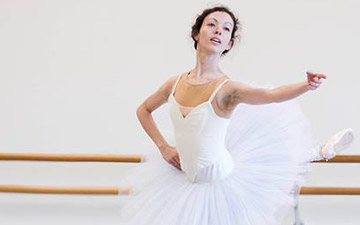
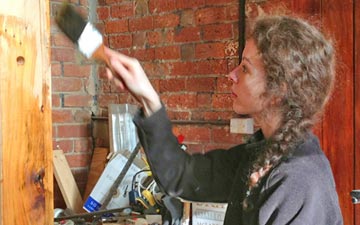

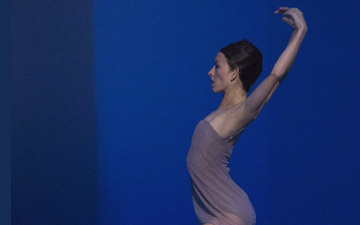
You must be logged in to post a comment.